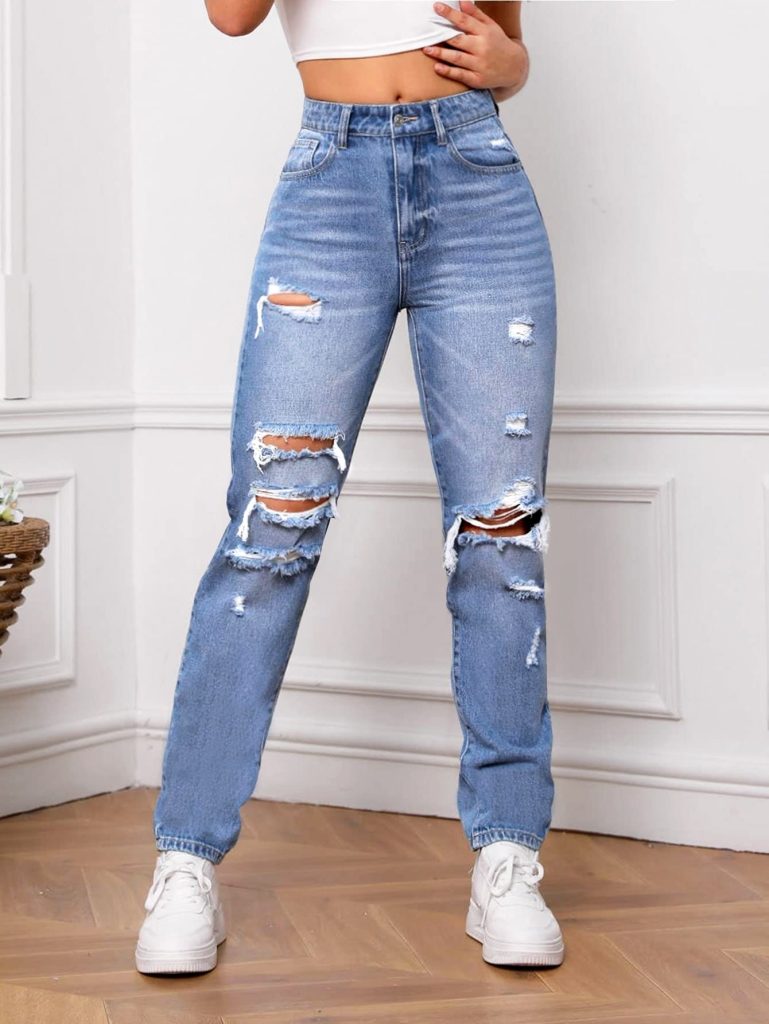Soft jeans are a popular clothing item known for their comfortable feel and unique aesthetic appeal. The softness of these jeans is largely attributed to the choice of fabrics and manufacturing processes employed. Here’s an extensive description of the textile materials commonly used to create this sought-after level of comfort:
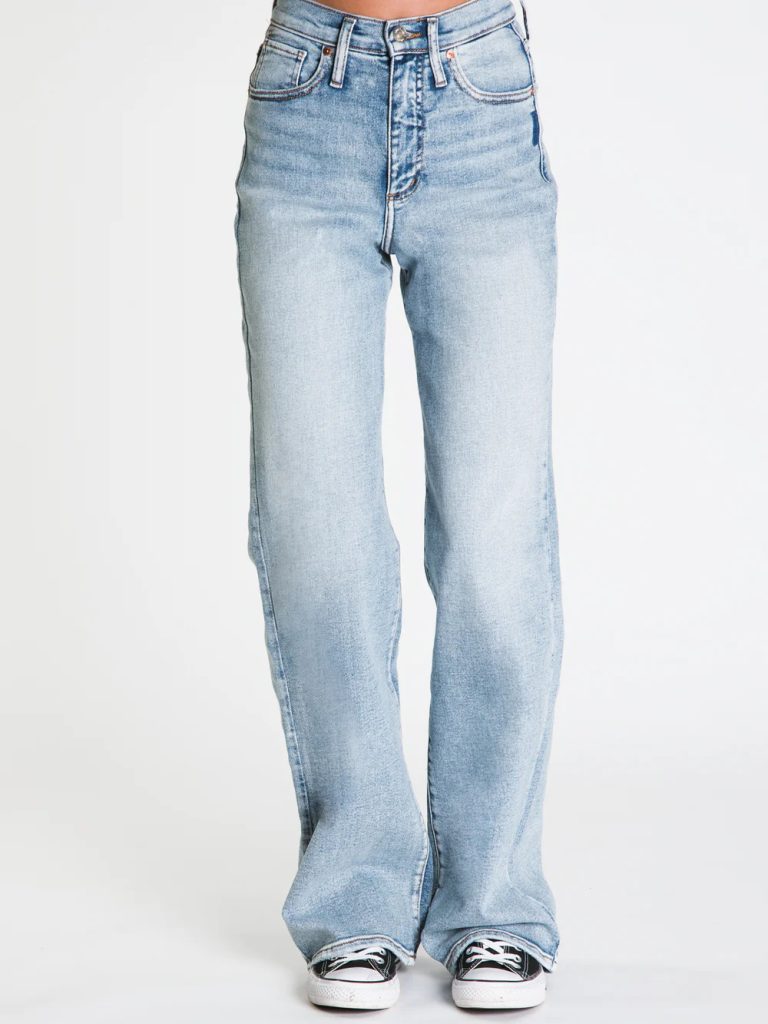
Selecting the Perfect Shade for Soft Denim Jeans: A Comprehensive Guide
Cotton Blends:
Soft denim often begins with high-quality cotton, which is renowned for its breathability and natural softness. To enhance comfort, manufacturers blend it with other fibers such as polyester or elastane (spandex). Cotton-polyester blends offer durability while maintaining a soft handfeel, whereas cotton-elastane blends provide stretch, allowing for improved fit and flexibility.
Stretch Denim:
Stretch denim incorporates synthetic fibers like Lycra®, Spandex, or Elastane into the cotton warp or weft yarns, creating a fabric that stretches and recovers well. This not only enhances wearability but also significantly improves the softness, making the jeans more form-fitting without compromising on comfort.
Tencel® and Modal:
Environmentally-friendly cellulosic fibers like Tencel® (Lyocell) and Modal are increasingly being used in denim production due to their inherent softness, silk-like texture, and moisture-wicking properties. These fibers can be blended with cotton to create a softer, more sustainable denim option.
Bamboo and Hemp:
Natural alternatives like bamboo and hemp fibers can also contribute to a softer denim fabric. Bamboo denim provides a lustrous finish and a silky texture, while hemp adds strength and sustainability to the blend, although it may require processing to achieve optimal softness.
Fine Yarn Counts:
Using finer yarn counts in weaving denim contributes to a lighter, smoother, and ultimately softer fabric. Lower GSM (grams per square meter) weights and higher thread counts result in thinner, more delicate denim that feels luxurious against the skin.
Enzyme Washing and Finishing Techniques:
The softness of denim jeans can also be influenced by post-production treatments. Enzyme washing uses biological enzymes to break down the stiffness-inducing pectin in the cotton fibers, resulting in a much softer handfeel. Other finishing techniques include stone washing, silicone softeners, and micro-sanding, all of which help to soften the surface of the denim and improve its overall tactile sensation.
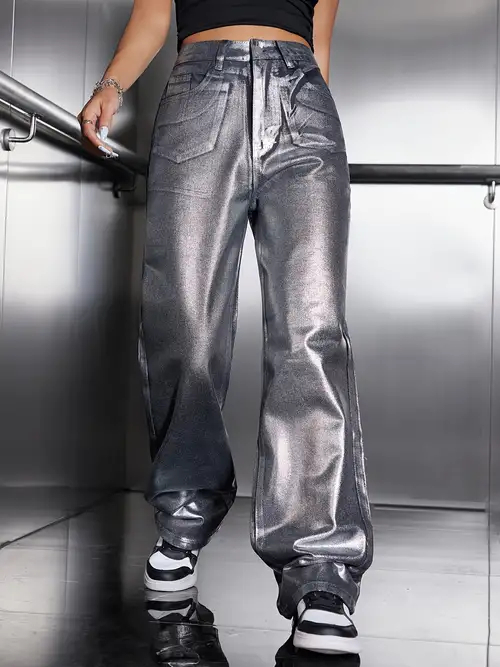
Pre-Washed or Pre-Distressed Denim:
Jeans made from pre-washed or pre-distressed denim have undergone several wash cycles before reaching the consumer, which naturally breaks down the fabric and softens it over time. This process eliminates shrinkage and ensures that the jeans are comfortably broken-in right from the first wear.
Sustainable and Recycled Fabrics:
As part of the growing eco-conscious fashion movement, some brands are producing soft denim using recycled cotton, polyester, or even plastic bottles, which can be transformed into soft yet durable fibers. These innovative approaches aim to reduce waste while offering consumers a comfortable and environmentally friendly denim product.
How to choose the color of soft jeans?
When it comes to choosing the ideal color for your soft denim jeans, the decision can greatly influence not only the style statement you make but also how versatile and flattering the jeans are in your wardrobe.
Classic Blue Washes:
Traditional indigo blue is the cornerstone of denim culture. The depth and richness of the blue shade vary widely, from dark or ‘raw’ indigo which presents a more formal or sleek appearance, to lighter washes that convey casualness and vintage appeal. Darker shades tend to have a slimming effect and are perfect for dressier occasions, while light-wash jeans offer a relaxed look suitable for weekend wear.
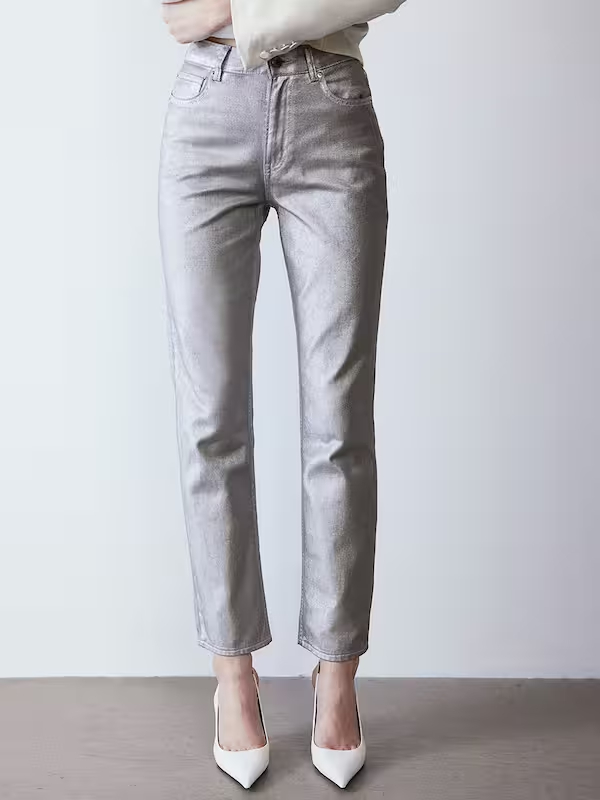
Black Denim:
Black denim jeans are a timeless choice, providing a sophisticated alternative to classic blue. They are incredibly versatile, easily transitioning from day to night, and pair well with an array of colors. The black hue also has a visually slenderizing effect on the legs, making it a popular choice for all body types.
Distressed and Faded Shades:
Distressed and faded denim offers a trendy, worn-in look that complements the softness of the fabric. Variations can range from subtle whiskering at the thighs and knees to bold abrasions and patchy fading. These hues often give off a laid-back vibe and work particularly well with casual outfits and streetwear styles.
White Denim:
White denim jeans bring a fresh, crisp feel to any outfit, perfect for spring and summer. They’re a great way to brighten up your wardrobe, though they may require more maintenance due to their light color. White denim pairs beautifully with colorful tops and is an excellent choice for creating a chic, minimalist look.
Pastel and Colored Denim:
For those seeking a pop of color, pastel or brightly colored denim can be a fun addition. Soft pink, baby blue, or even rich jewel tones like emerald green or royal purple can transform your jeans into a statement piece. When combined with the softness of the material, these hues can add both comfort and vibrancy to your ensemble.
Seasonal Considerations:
Earthy and darker shades such as deep indigo, charcoal, and olive green are ideal for fall and winter months, while lighter washes and brighter colors align better with spring and summer’s airy, carefree spirit.
Skin Tone and Personal Style:
Selecting a denim color that flatters your skin tone can enhance your overall appearance. Cooler skin tones often suit deeper, cooler blues, while warmer skin tones may find softer, muted hues or warm-toned colors more complementary. Additionally, consider your personal style; if you prefer classic looks, stick to traditional washes, whereas fashion-forward individuals might opt for trend-led colors or unique distressing patterns.
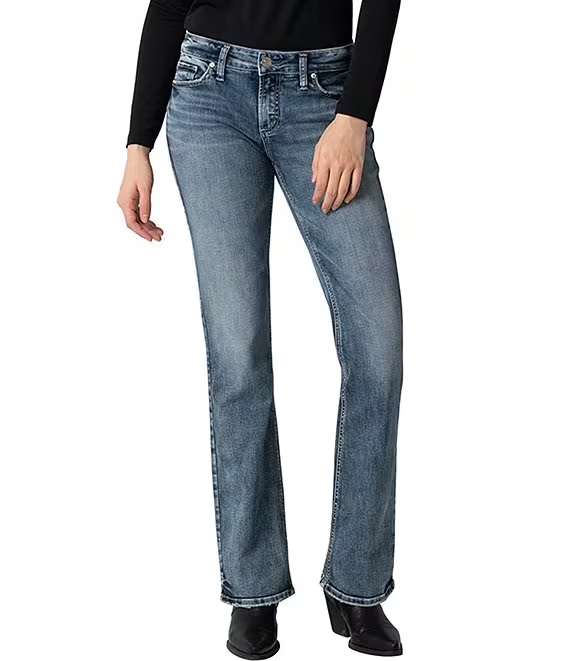
Matching with Existing Wardrobe:
Assess your current wardrobe and choose denim colors that will integrate seamlessly. Neutral tones like black, white, and classic blue are easier to match with various tops, shoes, and accessories, whereas bolder colors can be used to create contrast or complement specific pieces.
Versatility and Occasion:
Think about the versatility of the jean color you’re considering. Darker washes are generally more versatile, appropriate for both casual and semi-formal settings, while lighter and more vibrant shades tend to be more casual and suited for leisure activities.
In conclusion
The journey towards achieving soft denim jeans involves a combination of careful fiber selection, advanced weaving techniques, and strategic post-production treatments. By blending traditional materials with modern technologies, denim manufacturers continue to innovate, ensuring that soft denim jeans remain a staple in wardrobes worldwide, combining style with exceptional comfort.
